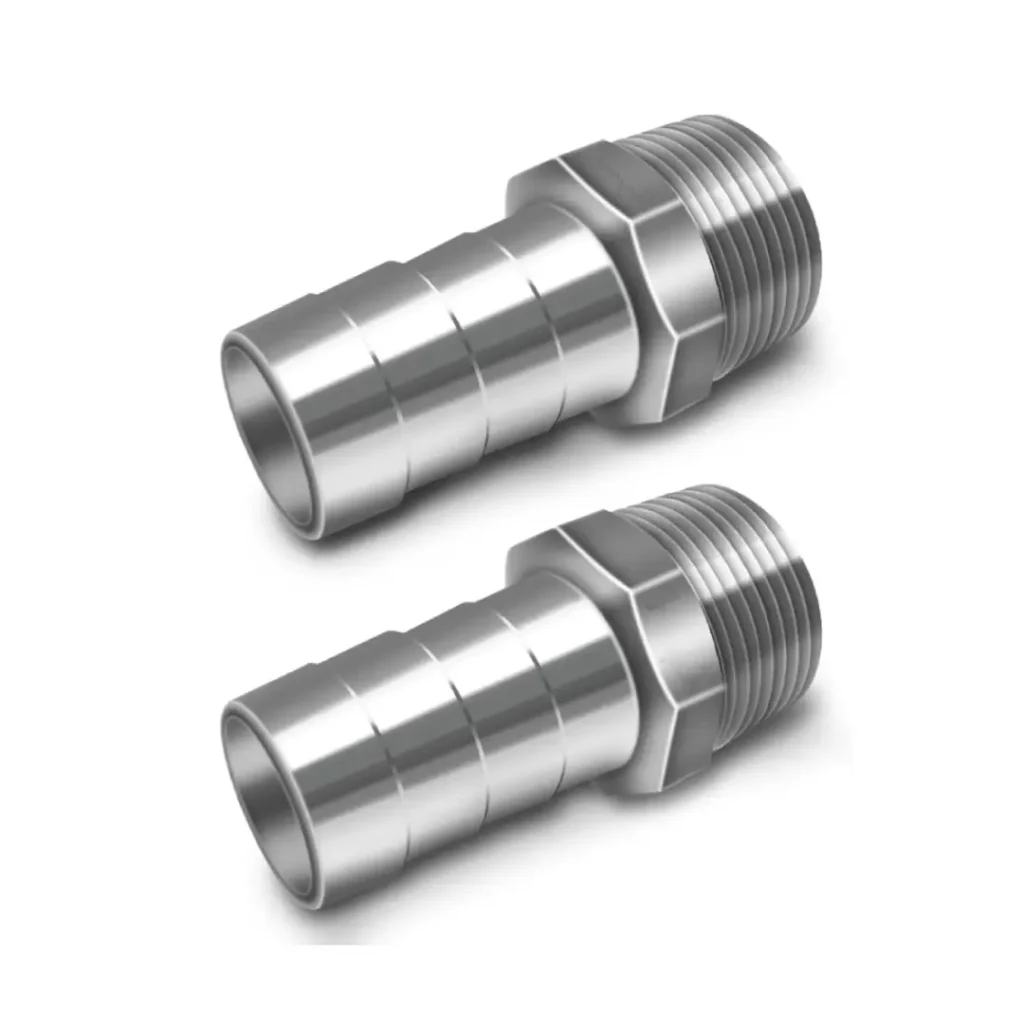We provide hydraulic hose barb fittings designed for secure, leak-free connections in hydraulic and industrial hose systems. Our fittings offer durability, corrosion resistance, and precise hose compatibility, ensuring reliable performance, safe fluid transfer, and long-lasting operation in industrial, mobile, and commercial applications.
Secure Hose Connection – Engineered to create tight, leak-proof connections with hoses, ensuring safe, efficient, and reliable fluid transfer under high-pressure hydraulic conditions.
Durable Construction – Made from high-quality metals and alloys, offering excellent strength, wear resistance, and corrosion protection in demanding hydraulic environments.
Wide Compatibility – Suitable for a variety of hydraulic hoses and equipment, enabling seamless integration across multiple industrial and mobile hydraulic systems.
Easy Installation – Designed for straightforward assembly, allowing quick installation, reducing labor, and maintaining secure, reliable connections for hydraulic and industrial applications.
While standard hydraulic hose barb fittings come in a wide range of sizes and materials, there are limitations to what you can find pre-made. If you need a truly customized hydraulic hose barb fitting, you’ll likely need to go through a special order or fabrication process. Here are the 4 aspects you can customize for your hydraulic hose barb fitting:

Secure, low-pressure connections made easy. Hydraulic hose barb fittings offer a cost-effective solution for your project. Find the perfect size, material, and style to match your needs. Browse our selection or contact us for custom options!
Barb fittings are ideal for low-pressure applications like suction lines, return lines, and drain lines in hydraulic systems. They are not recommended for high-pressure applications.
Barb fittings come in various sizes, thread types (like NPT), and materials (brass, steel, nylon). They can also have different shapes, like straight or angled barbs, or even double barbs for connecting two hoses.
Barb fittings typically use hose clamps or crimped ferrules for attachment. Clamps offer a simple installation, while crimps provide a more secure connection.
Consider these factors: